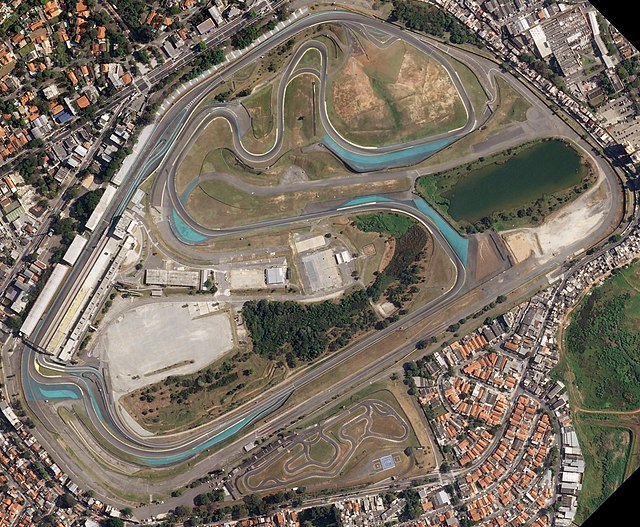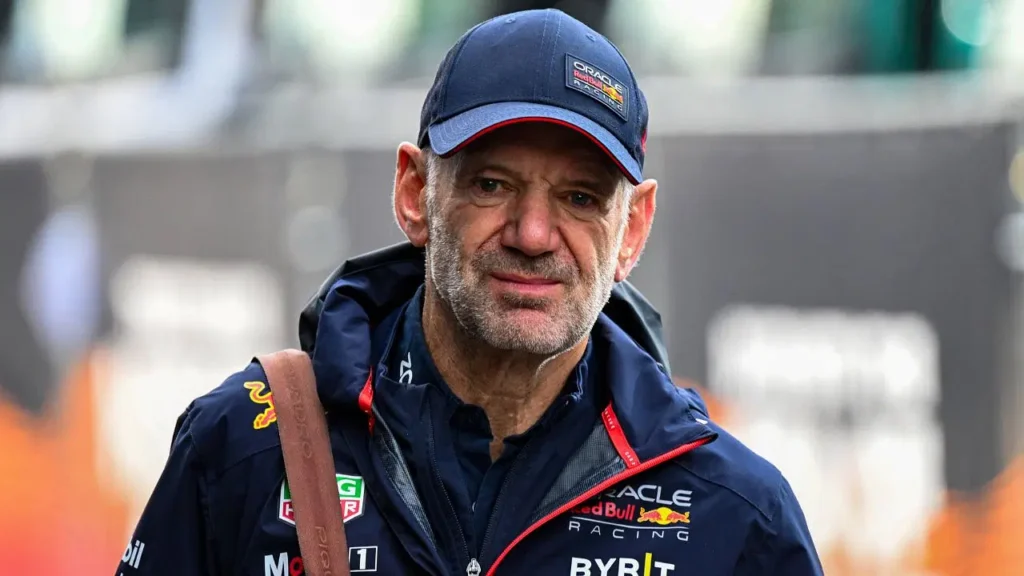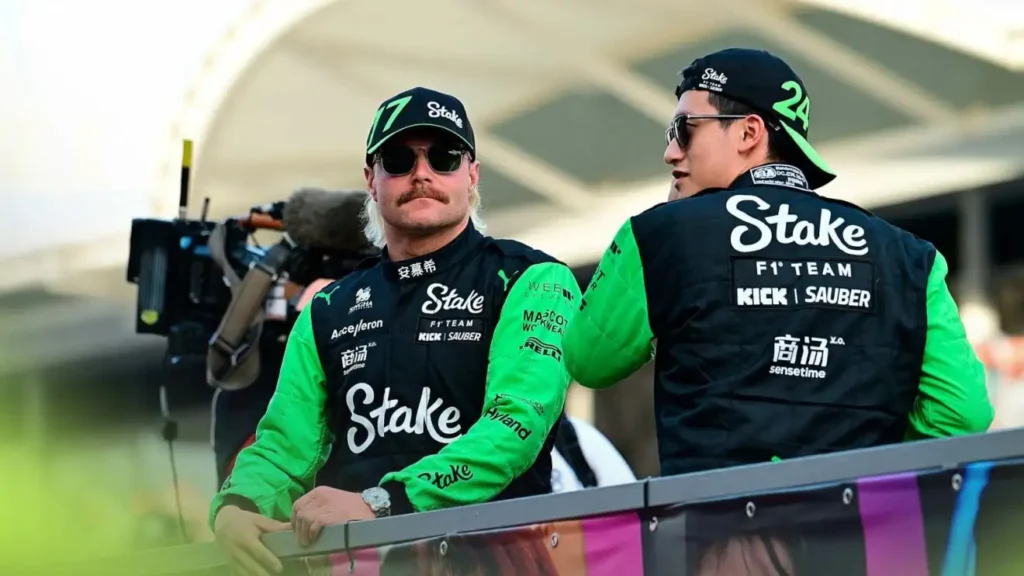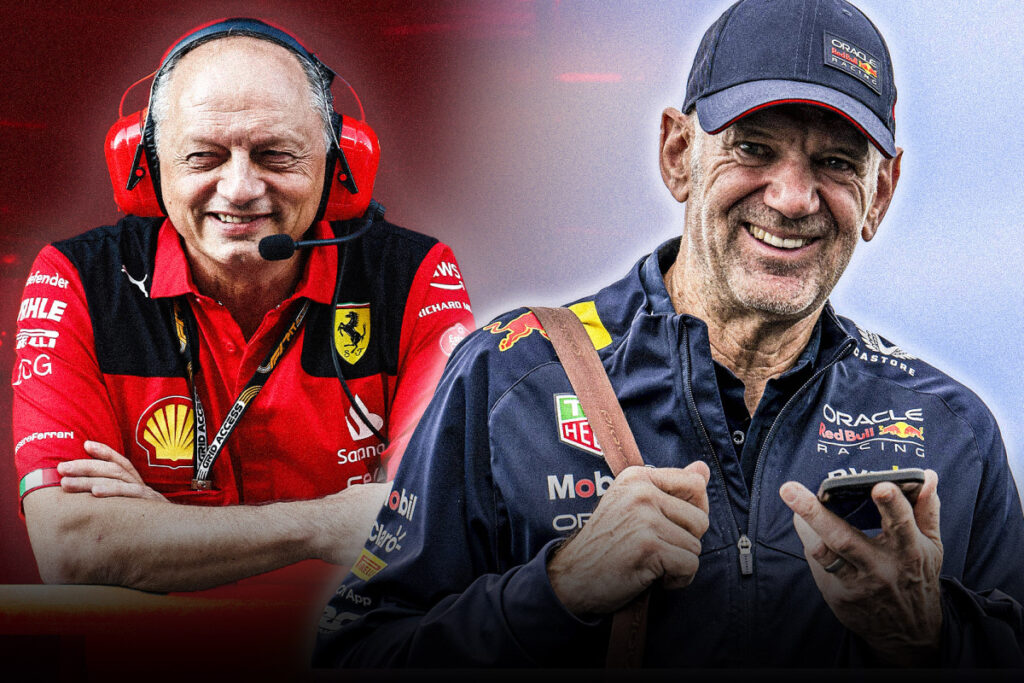
McLaren’s recent dominance in Formula 1 has sparked widespread curiosity, especially among rivals who are quick to point fingers at the team’s use of flexible wings. However, according to Zak Brown, the CEO of McLaren, their success goes far beyond that. Despite the controversy, Brown maintains that flexible wings are not the key to the MCL38’s supremacy on the track.
The Controversy: Flexible Wings and the Rival Complaints
The Woking-based team found itself at the center of a small scandal between the Italian Grand Prix and the Azerbaijan Grand Prix, when rivals accused McLaren of using flexible profiles on both the front and rear wings of the MCL38. In Formula 1, where every millisecond counts, flexible wings can provide a significant aerodynamic advantage, allowing a car to generate more downforce without suffering from the drag that typically slows cars down on straights.
However, the discovery of these flexible components raised questions about the legality of McLaren’s car, with some claiming the team was exploiting a gray area in the regulations. The situation reached its peak ahead of the Singapore Grand Prix, when McLaren decided to modify these components to avoid further controversy.
While it might seem that McLaren was benefiting significantly from this feature, Brown was quick to downplay the impact of the flexible wings on the car’s overall performance. In an interview with The Times, he emphasized that the team’s dominance stems from a much more comprehensive and robust engineering package.
Zak Brown’s Perspective: It’s Not About the Wings
“Everyone looks at the winning car to figure out what they’re doing,” Zak Brown explained in the interview, addressing the speculation surrounding McLaren’s use of flexible wings. “It’s completely natural for people to be looking at our car right now and drawing their own conclusions, many of which are wrong. We’ve passed every single test. We offered to make a small modification just because we don’t think it will make much difference.”
Brown’s statement highlights a common phenomenon in Formula 1: when a car begins to dominate, competitors rush to find the secret behind its success, often focusing on specific components or design features. In McLaren’s case, the flexible wings became the focal point of the controversy. But as Brown explained, this focus on one aspect of the car’s design misses the broader picture of what makes the MCL38 so competitive.
“There’s a lot of noise around this topic,” Brown continued. “To prove there’s no secret recipe, we said: ‘Well, we’ll make a slight modification.’ Anyway, they wouldn’t be doing their job if they didn’t make noise. It’s a compliment that people are looking at our car and testing us.”
Brown’s comments suggest that McLaren’s competitors may be overestimating the importance of the flexible wings, when in reality, the team’s dominance is the result of a well-rounded approach to car design and performance. McLaren’s willingness to make modifications without hesitation also demonstrates the team’s confidence that the flexible wings are not the decisive factor in their success.
The Role of Engineers in F1: Searching for the Competitive Edge
Formula 1 is often described as an engineering arms race, where teams are constantly searching for ways to gain even the slightest advantage over their rivals. Building a winning car requires a deep understanding of the technical regulations, and engineers spend countless hours poring over the rulebook, looking for loopholes or gray areas that can be exploited.
The use of flexible wings is a well-known tactic in Formula 1. In past seasons, several teams have dabbled with similar concepts to gain an edge, and McLaren’s exploration of this area is not unusual. What is crucial, however, is that the team’s car passed every regulatory test imposed by the FIA, meaning that McLaren’s design adhered to the sport’s technical guidelines, even if it pushed the boundaries.
Finding innovative ways to optimize performance within the rules is an integral part of Formula 1. Engineers often work hand-in-hand with lawyers specialized in motorsport regulations to ensure that their designs can withstand scrutiny from rivals and the FIA. The search for that extra edge, whether through aerodynamics, mechanical setups, or clever interpretations of the regulations, is the essence of what makes Formula 1 such a fiercely competitive sport.
McLaren’s Real Strength: A Complete Mechanical Package
While the flexible wings may have contributed to McLaren’s strong performance in certain races, Brown’s comments suggest that the true strength of the MCL38 lies in its overall mechanical package. The car is the product of extensive research, development, and optimization, all aimed at extracting the maximum performance from every aspect of the vehicle.
McLaren’s engineers have built a car that is not only fast on the straights but also handles well through corners, maintains a stable balance, and delivers consistent performance across a variety of circuits. These qualities are the result of a carefully crafted design that integrates aerodynamics, suspension, and power unit performance into a cohesive whole.
This holistic approach to car development is what has made McLaren so competitive in the current Formula 1 season. While rivals may focus on specific components, such as the flexible wings, McLaren’s success is built on a foundation of engineering excellence across the board. The team’s ability to innovate and adapt to changing regulations is a testament to the skill and dedication of its technical staff.
Conclusion: The True Secret Behind McLaren’s Success
In conclusion, while the flexible wings on the MCL38 have drawn attention and caused a stir among rivals, Zak Brown insists that they are not the key to McLaren’s dominance. Instead, the team’s success is the result of a well-balanced, thoroughly engineered car that excels in all areas of performance.
By modifying the flexible wings without hesitation, McLaren has shown that they are confident in their overall package and are not reliant on any one feature to maintain their competitive edge. As the Formula 1 season continues, it will be fascinating to see whether McLaren’s rivals can catch up or if the MCL38 will continue to set the standard for performance on the grid.
In the end, McLaren’s dominance is not about finding a single “trick” or exploiting a gray area in the rules. It’s about building a car that is fast, reliable, and capable of winning on any track—a testament to the skill and ingenuity of the team behind the MCL38.
Charles Leclerc — Formula 1 Profile, Stats, and Career History
Charles Leclerc Full Name Charles Leclerc Date of Birth /...
Read MoreSir Lewis Hamilton — Formula 1 Profile, Stats, and Career History
Sir Lewis Hamilton Full Name Sir Lewis Carl Davidson Hamilton...
Read MoreAutódromo José Carlos Pace: Inside the Legendary Interlagos Circuit
Where Passion Meets the Pavement: Setting the Scene The Autódromo...
Read MoreDid Felipe Massa Lose the 2008 F1 Title Unfairly? Inside the Court Case Shaking Formula 1
The drama of the Formula 1 World Championship rarely concludes...
Read More










Spot on with this write-up, I really think this website wants far more consideration. I’ll in all probability be again to read far more, thanks for that info.